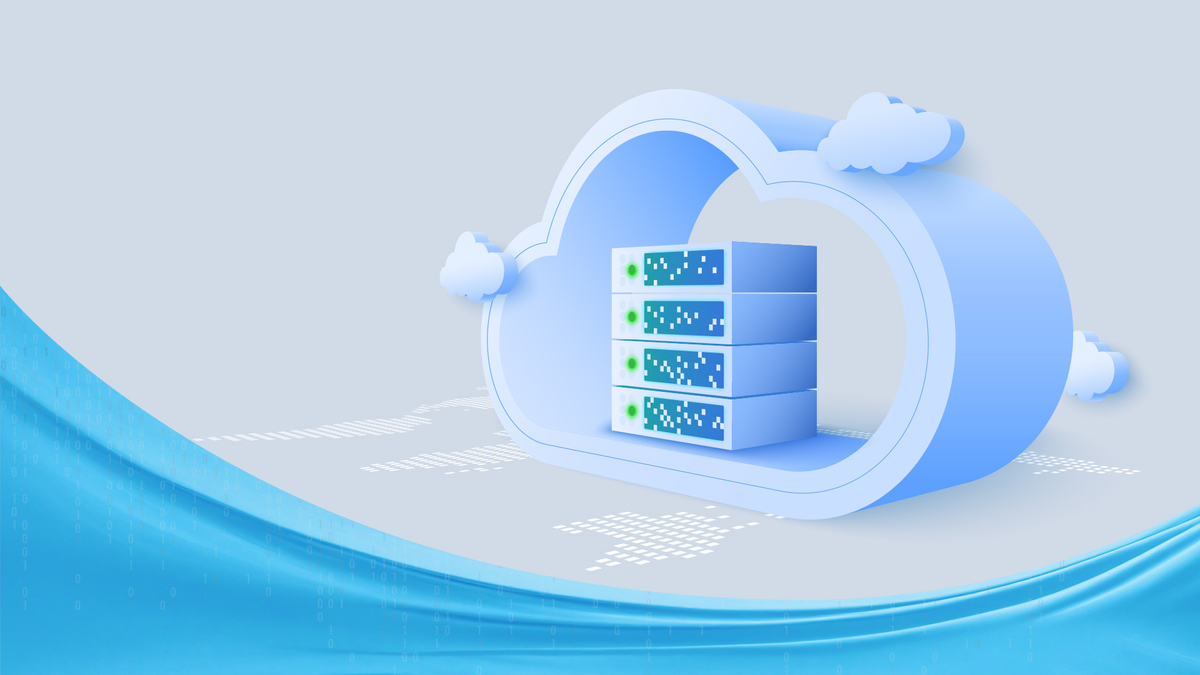In the ever-evolving world of cloud technology, is essential for tech leaders to stay informed about cost optimization strategies.
To this end, Microsoft Azure provides a range of tools and features that enable businesses to reduce costs while leveraging their cloud usage practices.
But what are the secrets to maximizing your return on investment with Azure Cost Optimization?
Understanding Azure Cost Optimization
Azure Cost Optimization is a process of reducing the costs associated with using Microsoft Azure cloud services through automation or resource optimization. It involves understanding and analyzing usage patterns, leveraging discounts and credits, automating tasks to reduce manual effort and errors, right-sizing resources to control consumption, and establishing policies for long-term cost management.
Additionally, it can help you leverage discounts and credits offered by Microsoft as well as implement strategies such as reserved instances to further reduce expenses without compromising quality or reliability.
Organizations that take advantage of cost optimization techniques maximize return on investment (ROI) when utilizing the Azure platform, saving money while still maintaining the same level of performance from their applications running on the cloud platform.
Common Challenges with Azure Cost Optimization
One common challenge faced when attempting cost optimization in the cloud environment is understanding how different components interact with each other and accurately measuring utilization levels across all resources being utilized within an organization’s architecture stack.
Further, some users may not have access rights necessary for making changes which could potentially lead to wasted spending if left unchecked over time due to incorrect configurations or mismanagement issues related to data governance models implemented at scale within larger enterprises.
Finally, there may also be regulatory compliance requirements that must be taken into account to ensure solutions do not conflict with existing laws governing data storage and handling practices in certain jurisdictions around the world.
By understanding the basics of Azure Cost Optimization, you can better analyze your cloud usage practices and identify areas for improvement to optimize your costs.
Analyzing Your Cloud Usage Practices
Microsoft Cost Management and Azure Advisor are two powerful tools that can help you analyze your cloud usage practices.
With Microsoft Cost Management, advanced analytics and detailed insights into resource utilization allow you to track, allocate, and optimize costs across all your Azure services. For example, if a particular application requires more computing power during peak hours but less during off-peak hours, it may be beneficial to scale up or down as needed instead of maintaining a constant level of resource utilization.
Azure Advisor is a free service that helps you optimize the performance, security, availability, reliability, and cost-effectiveness of your Azure resources. It analyzes the configuration of each resource to recommend best practices for optimizing performance and reducing costs. For example, it might suggest right-sizing an underutilized virtual machine or turning off unused resources to save money on computing charges.
Establishing benchmarks for successful optimization is key when analyzing cloud usage practices. You should set goals based on what is achievable with current technology as well as plans for growth or expansion within the organization. This will allow you to measure progress over time and ensure that any optimizations made are having a positive impact on both efficiency and cost savings.
Best Practices for Long-Term Cost Management in the Cloud
When it comes to long-term cost management in the cloud, there are several best practices that should be adopted
- Developing an Effective Governance Model: Having a well-defined governance model in place is critical for successful long-term cost management in the cloud environment. This involves defining roles and responsibilities among stakeholders as well as outlining expectations regarding resource allocation, access control, monitoring activities, etc. It’s important to begin by establishing clear guidelines so everyone involved understands their role within the organization’s overall cost management strategy.
- Implementing Automation Strategies to Monitor Usage and Costs: Automating certain tasks related to cost management can help reduce manual effort while also providing more accurate data on usage patterns across different services or departments within an organization. Automated tools such as Microsoft Cost Management or Azure Advisor provide insights into where resources are being used most efficiently (or inefficiently), which allows teams to identify areas where improvements could be made or additional savings could be realized over time by optimizing existing infrastructure or implementing new technologies such as reserved instances, or discounts/credits programs offered by cloud providers like Azure.
- Establishing Policies to Ensure Compliance with Budgetary Goals: For organizations to successfully manage costs over time, they must set up policies that clearly define budget targets at both individual service level and organizational level based on business objectives and the expected growth trajectory of the company going forward. These policies should include specific measures designed to monitor spending against these targets on a regular basis, allowing teams to proactively address any issues before they become major problems down the line.
By following best practices for long-term cost management in the cloud, organizations can ensure they are getting the most out of their investments while remaining compliant with regulatory requirements. Moving forward, we will explore how to maximize your return on investment with Azure Cost Optimization.
Conclusion
The secrets to Azure cost optimization lie in understanding your cloud usage practices, implementing strategies for reducing costs, and following best practices for long-term cost management. By leveraging the tools Microsoft Azure provides for cost optimization and cloud management, organizations can gain insights into their cloud usage practices that will help them maximize their return on investment. With careful planning and a commitment to staying up to date with the latest technologies available through Azure, businesses can ensure they are making the most of their resources while optimizing costs.
Are you looking for ways to optimize your Azure costs? Our experienced team of experts will provide customized solutions tailored to fit the specific needs of your organization. We understand that cost optimization is a key factor in driving business progress and are here to ensure you get the most out of every dollar spent on Azure. Contact us today and let us show you how our innovative strategies can revolutionize your cloud-based operations.



